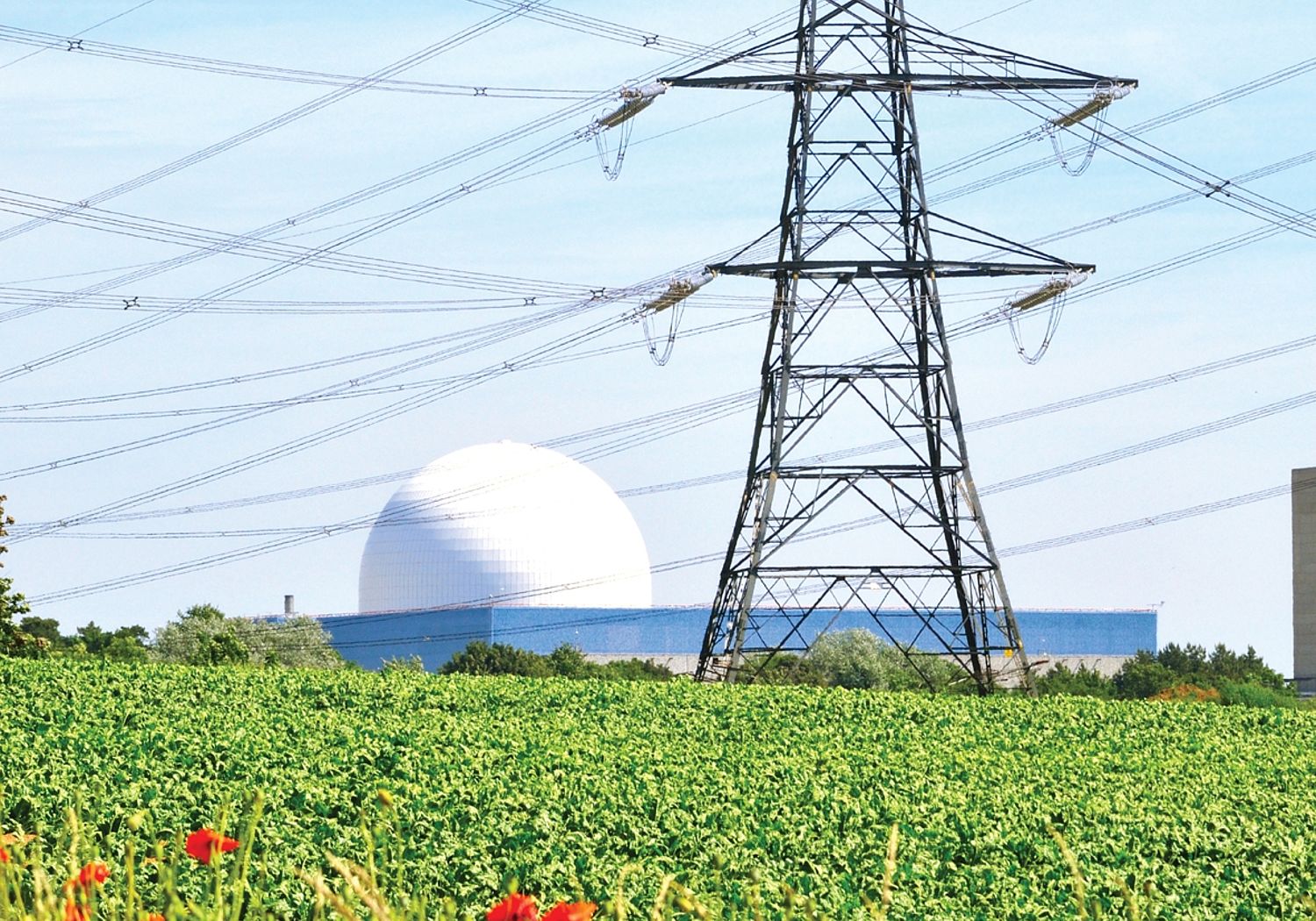Metrology for New Generation Nuclear Power Plants
Short Name: MetroFission, Project Number: ENG08
New Nuclear: Enabling a new generation of nuclear power stations
The next generation of nuclear power plants will be considerably different from existing plants. They will use different fuels, different reactor designs and operate at much higher temperatures and, as a result, require appropriate and robust measurements to underpin their development and safe and effective operation.
This EMRP project developed:
- Improved temperature measurement for nuclear power plant applications via the development of new reference temperature fixed point at 1153.8 °C and new stable temperature sensors and self-validation measurement methods for the nuclear environment.
- Improved understanding of the thermal properties of advanced materials for nuclear design via the development of new reference facilities for the measurement of thermophysical properties of solid materials up to 1500 °C or 2000 °C and improved thermodynamic models for a range of major and minor actinide (nuclear fuel materials) containing systems relevant to nuclear fuels (both in reactors and during reprocessing) and coolants.
- Improved metrology for neutron cross section measurements and new relevant nuclear data. An easy-to-use calibrated neutron fluence transfer standard was developed that will reduce uncertainties in measurements crucial to the selection of reactor materials. Similarly improved nuclear data was developed for the fuels and decay products of new reactors. Alpha-particle emission probabilities of 238U were determined with significantly improved uncertainties and a novel approach based on a cryogenic detector was applied to beta spectra.
- Development of improved techniques for accurate on-site radioactivity measurements. Prototypes of a portable self-calibrating Triple to Double Coincidence Ratio (TDCR) liquid scintillation counter with innovative digital electronics were built and validated against the international reference system for a range of beta-emitting radionuclides.
Delivering impact
The metrology community is very well connected with nuclear industry, regulators and the wider R&D base. Project outputs have been shared with this community and are expected to be of benefit in future plant safety considerations. New temperature monitoring instrumentation required for the harsher operating conditions of Generation IV power plants is undergoing further development. Interest from two nuclear research organisations will lead to trials in research nuclear facilities. In addition, a novel thermocouple developed within the project has won a rare opportunity for performance testing against conventional technology in the Very High Temperature Gas Reactor fuel trials at the Idaho National Lab in 2016. Furthermore, nuclear decay and neutron cross-section data generated during the project are to be included in the International Atomic Energy Agency’s nuclear data tables used throughout the world’s nuclear community. Digital electronics resulting from research into the prototype miniature TDCR liquid scintillation counter have been put forward for incorporation in European and international standards and work continues on improving the compatibility of digital electronic outputs into various computer programming formats.
EMPIR project 14SIP07 Digital Standard builds on this work.
Coordinator: Lena Johansson, NPL (UK)
For more information, please contact the EURAMET Management Support Unit:
Phone: +44 20 8943 6666
E-mail: empir.msu@euramet.org
- EMRP Energy Theme impact case studies
Applied Radiation and Isotopes
International Journal of Thermophysics
International Journal of Thermophysics
Journal of Radioanalytical and Nuclear Chemistry
Applied Radiation and Isotopes
